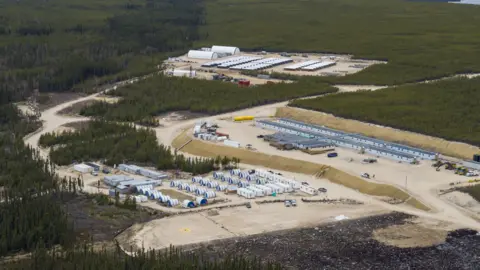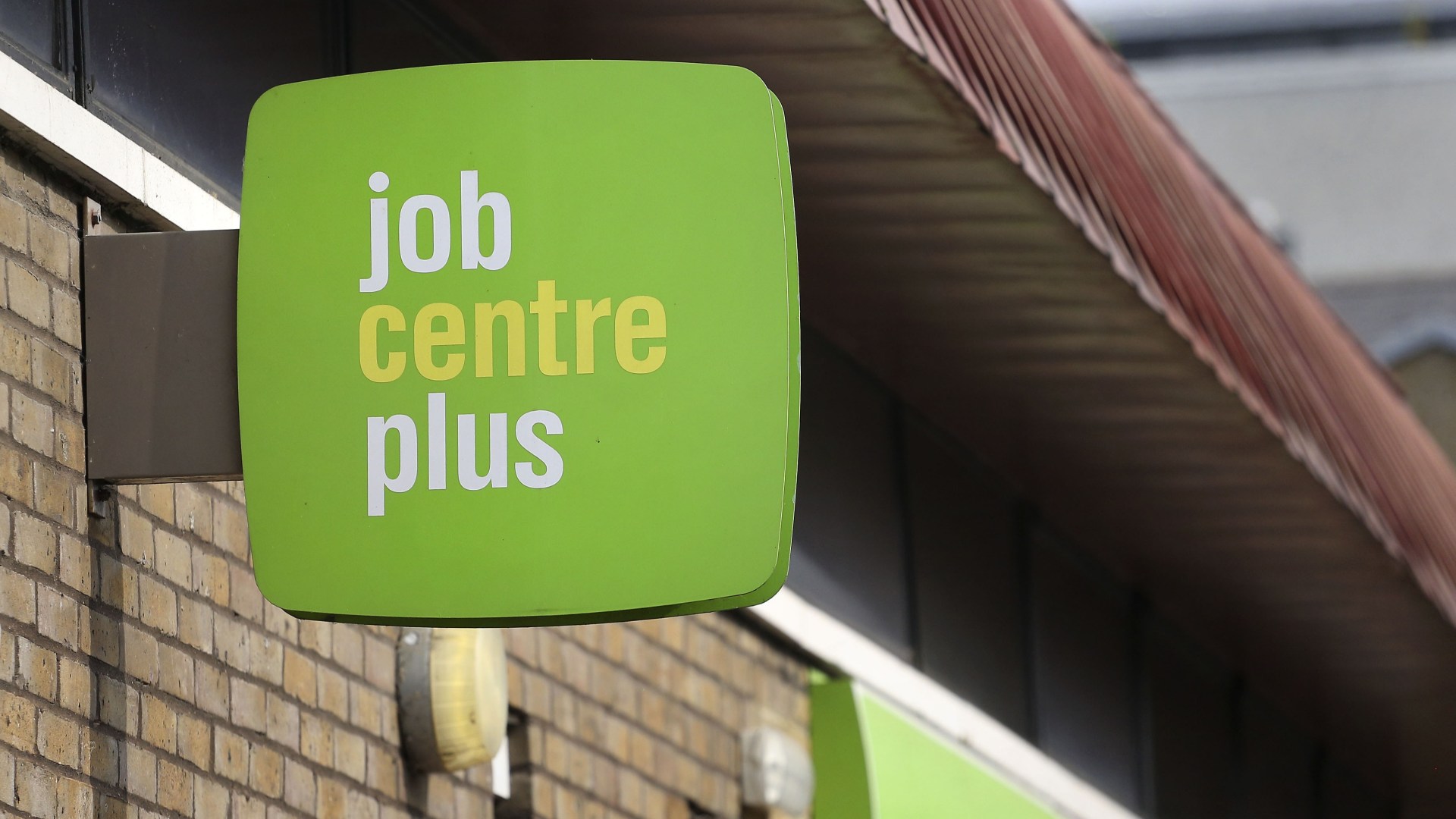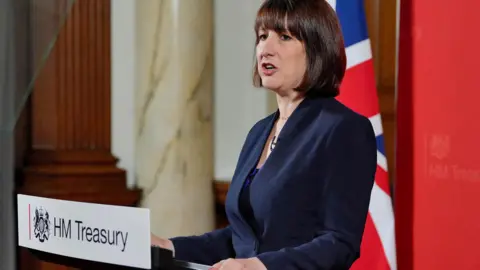Italian authorities and their European counterparts have arrested 43 people and seized assets worth €520mn including luxury cars and boats in a crackdown on an alleged tax fraud scheme run by Italian mafia groups.
The European Public Prosecutor’s Office, which led the investigation, said members of several Italian criminal groups came together to run a complex and “highly profitable tax evasion scheme”. The scheme, dubbed a “VAT carousel fraud”, involved invoices for €1.3bn worth of laptops, earpods and other electronic goods.
The alleged fraud involved the creation of fake companies — or “missing traders” or “ghost companies” — in Italy, other EU countries and other countries outside the EU, which would buy and sell goods between them, then vanish without fulfilling their tax obligations.
The network provided a paper trail for claims for fraudulent VAT reimbursement from Italian authorities.
The assets frozen on Thursday, to compensate the EU and Italian authorities for money lost through the unwarranted VAT reimbursements, includes 129 bank accounts, nearly 200 apartments, homes and other real estate holdings, and 44 luxury cars and boats, the EPPO said.
Participants in the scheme included members of the Naples-based Camorra and Sicily’s Cosa Nostra, which invested as a means of laundering money from other criminal activities, Italian authorities said.
“Mafia methods” were used to “settle conflicts that arose within the criminal syndicate between the members of the different criminal organisations”, the EPPO said in a statement.
Of those arrested on Thursday, 34 have been sent to prison to await trial, while nine are under house arrest, authorities said. In addition to the 43 people held in Italy, seven European arrest warrants were issued for suspects in Bulgaria, Czech Republic, the Netherlands, Spain and non-EU countries.
In total, police across 10 EU countries carried out searches at about 160 locations on Thursday as they hunted for more evidence of the scheme, which is believed to have involved at least 195 people and about 400 companies.
Laura Kövesi, the European chief prosecutor, said the case was a “defining investigation” for the EPPO, which has grown increasingly anxious about the penetration of Italy’s sophisticated organised crime groups into financial fraud across Europe.
“It has been a while since we started to ring the alarm bell about dangerous organised crime groups’ heavy involvement in fraud [against] the EU budget,” she said, citing the “colossal damages” and “the threat to our internal security” caused by such activities.
“We now shed light on a first such big case,” Kövesi said.
Italian Prime Minister Giorgia Meloni hailed the arrests and the asset seizures, which she said demonstrated “the government’s firm commitment to combating tax evasion, one of our top priorities”.
The crackdown on Thursday comes seven months after Italian authorities seized assets worth €600mn — including villas, luxury cars, watches and jewellery — and arrested 22 people in connection with alleged fraud involving the EU’s €800bn post-pandemic recovery fund.
Of those accused in that case, two have already admitted to wrongdoing through a plea deal, while the trials for the rest began this week.
















































































































































































You must be logged in to post a comment Login